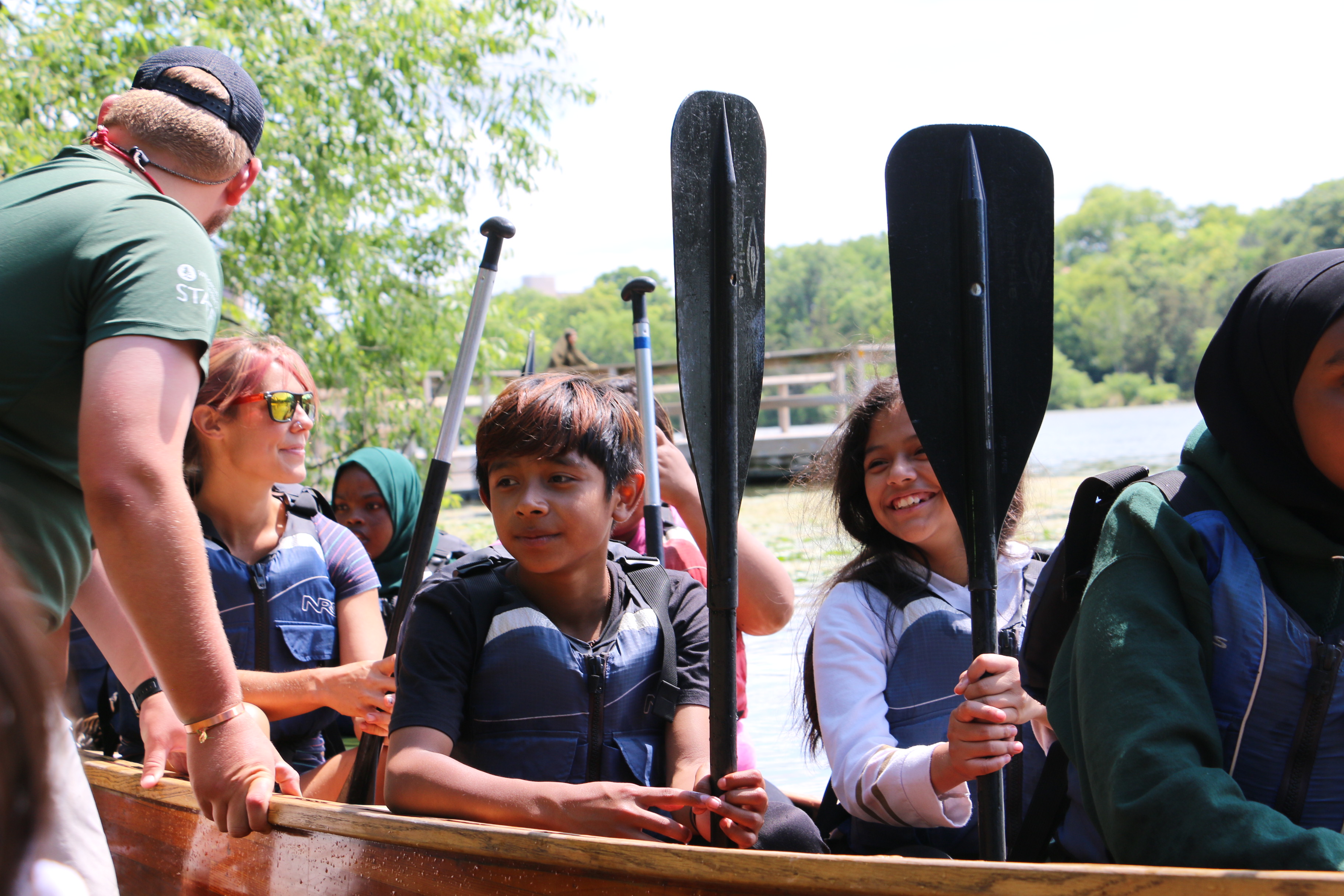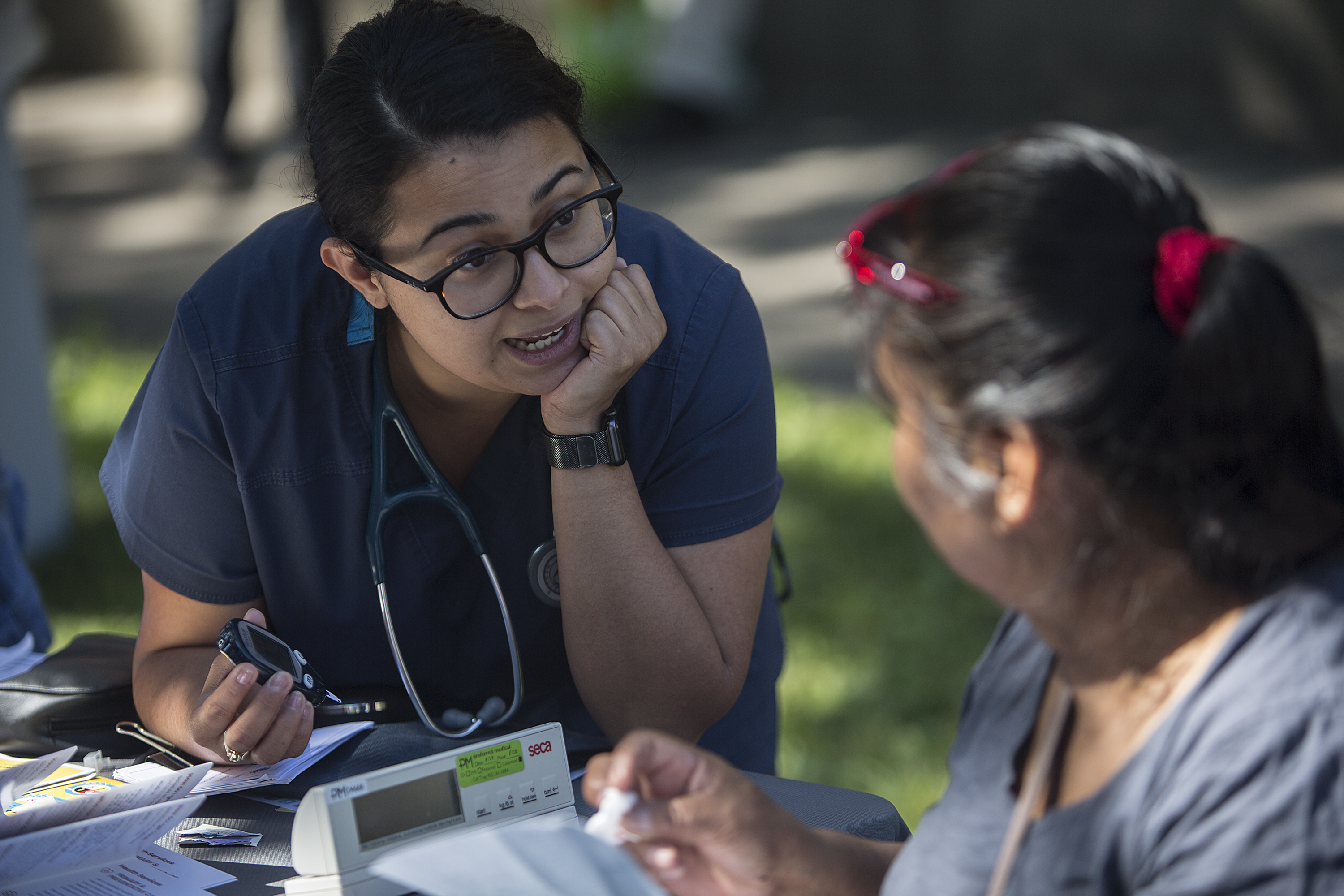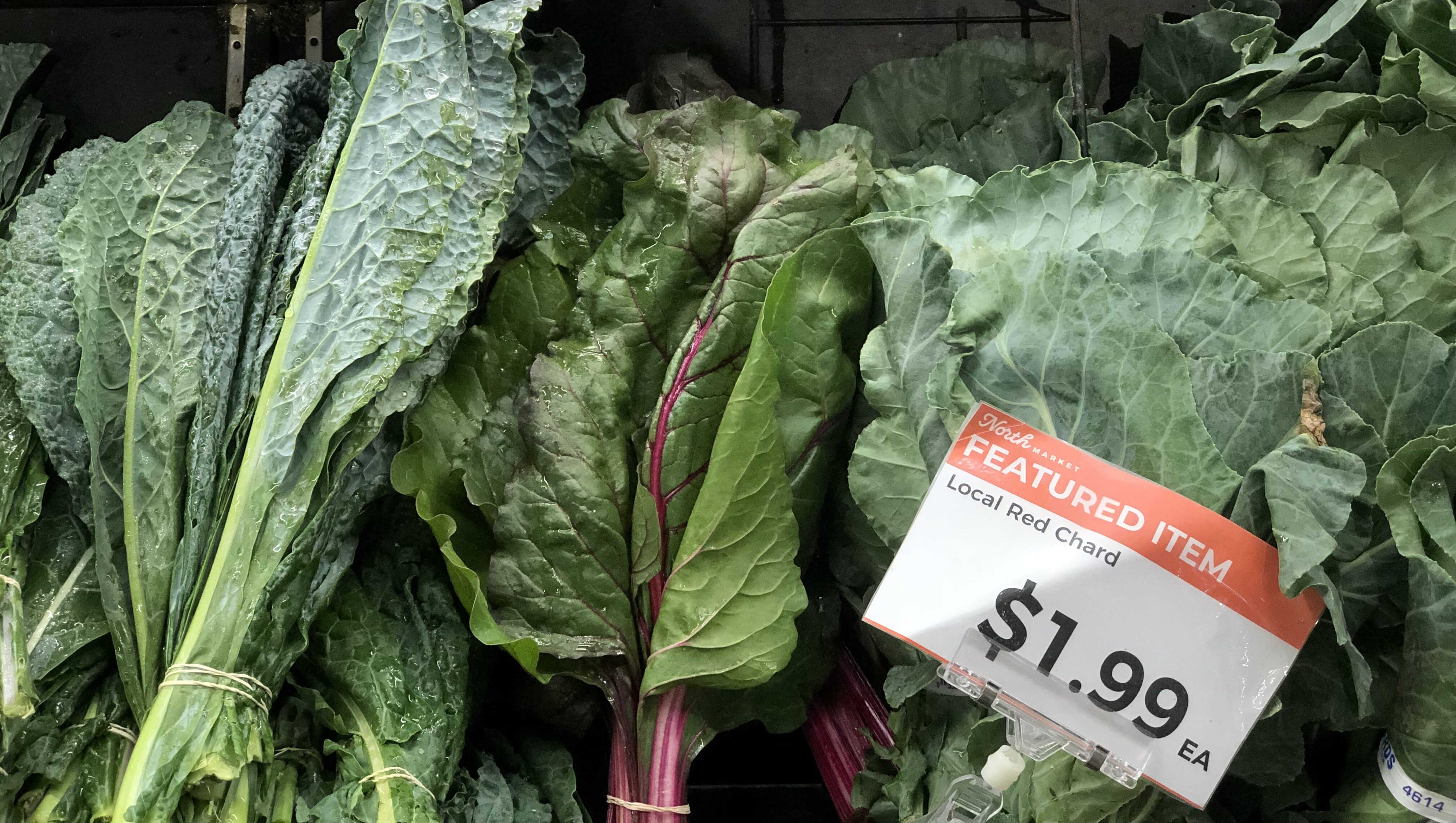
Our youth programs have wrapped up for the summer in what we thought was the most fitting way possible—spending time in the Minnesota outdoors. Knowing that the summer season here is short and filled with all different kinds of opportunities to be outside, we wanted to take advantage of what the natural wonders of this city and state has to offer.
Over the past three weeks, we’ve lead over 80 youth on four different canoeing excursions—two overnight expeditions in the Boundary Waters Canoe Area (BWCA), one overnight trip along the St. Croix River, and one day trip on Minneapolis’ Chain of Lakes. Outdoor expeditions can sometimes be costly and strenuous, but in partnering with the group Wilderness Inquiry, we were able to provide the gear, transportation, and trained guides—all for free.
Maireni, 14, said her favorite part was “Looking at the stars and going to the waterfalls.” And for Luz, 15, it was “Being able to be with nature and talk to new people.” The least favorite part of the experience? The responses were almost unanimous: mosquitos.
While multiple hands-on skills are learned on these trips, from paddling to putting up a tent, making a fire to washing dishes outside—soft skills are strengthened too. Like Baldemar, 14, said, “Teamwork is very vital when you go camping.” Teamwork, communication, and problem-solving skills become necessary when experiencing the outdoors overnight for several days, not always alongside familiar faces, and without the comfortable amenities of home. And without the distraction of phones or other digital devices, youth find their own ways to have fun, whether it be through outdoor games, some good old-fashioned singing, or just taking life a little slower by chatting and building bonds with one another.
Engaging youth in the great outdoors has been a Pillsbury United tradition since the founding of the first settlement houses, and we plan to continue for years to come. Next time, we might just bring some more bug spray.

